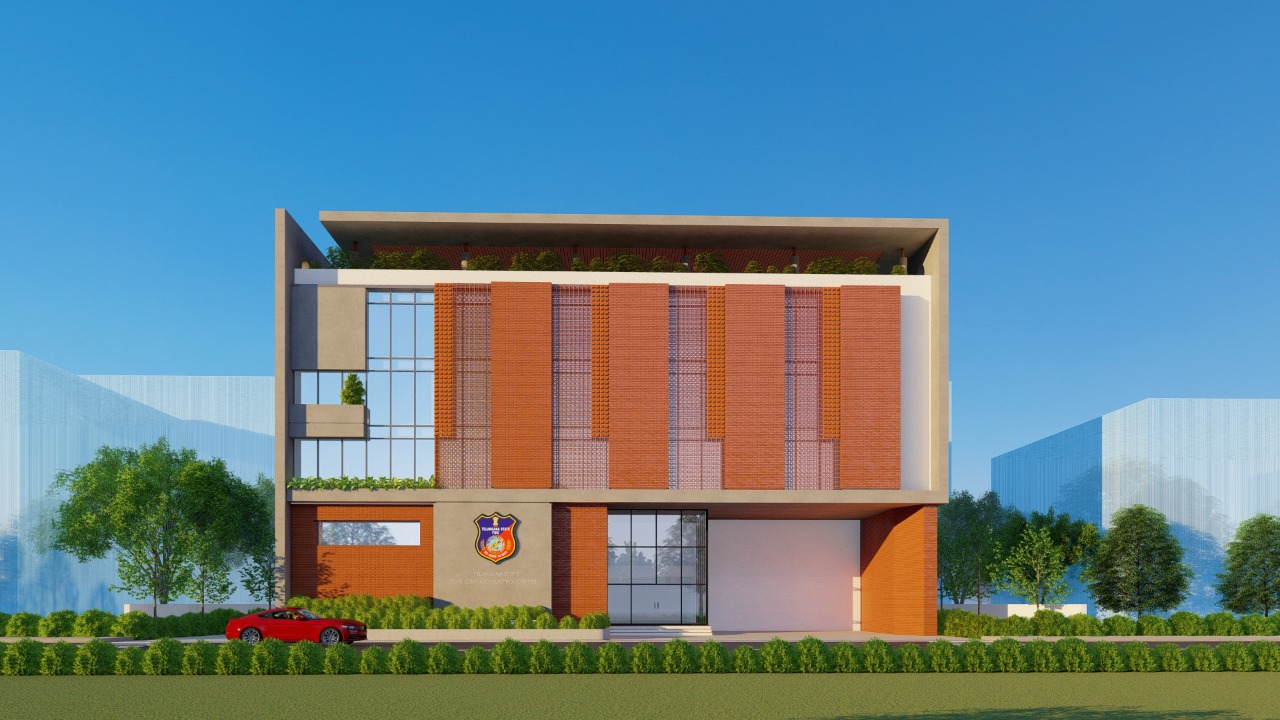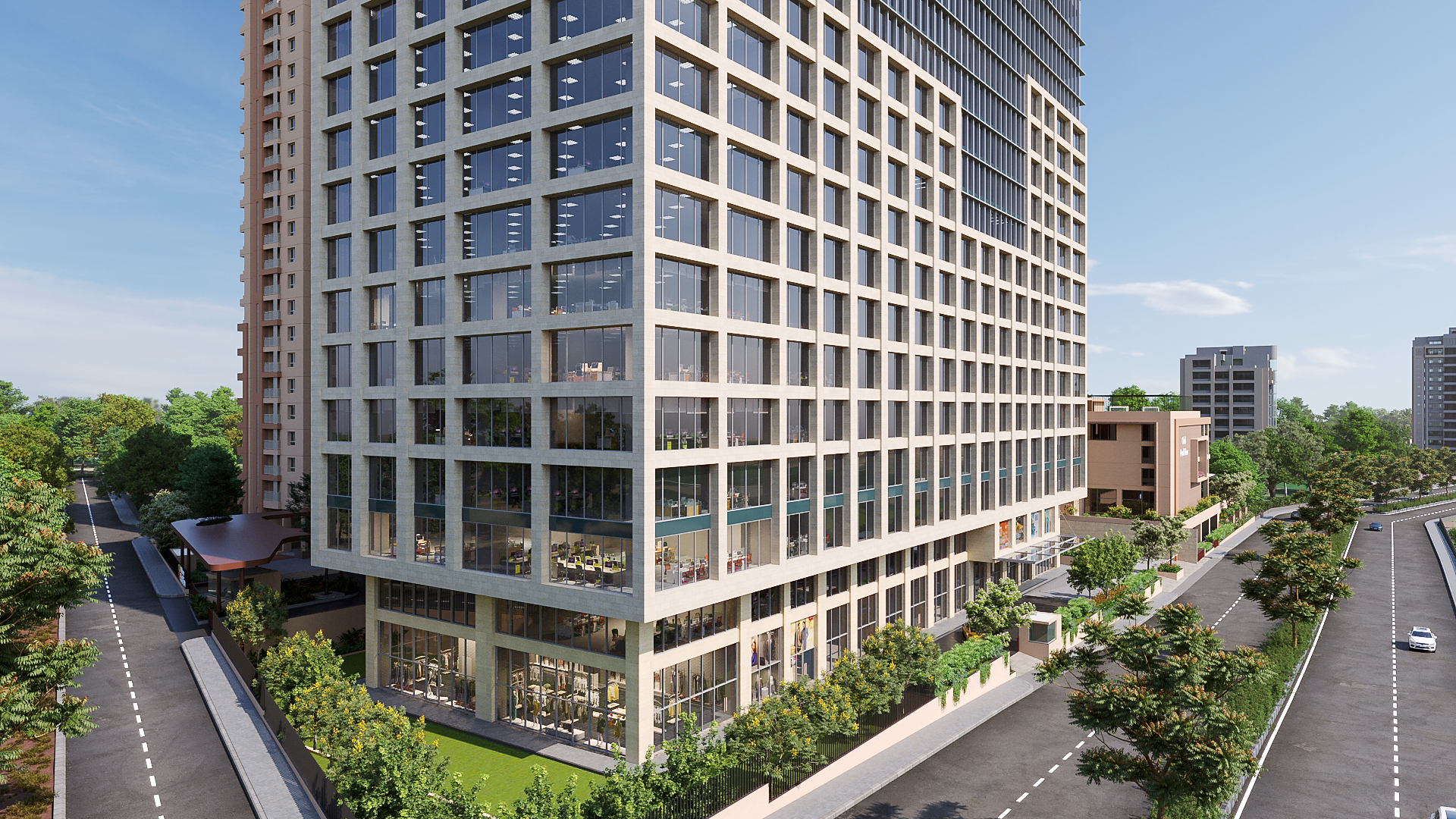- Home
- / Blog View
Sustainable Façade Design

Design Strategies We Specialize In : Sustainability
Sustainable Façade Design: Harmonizing Aesthetics and Environmental Responsibility
In an era of increasing environmental awareness sustainable design practices have become paramount in the field of architecture. Building façades play a crucial role in achieving energy efficiency, reducing environmental impact for a greener future. In this post we look into the sustainable façade design exploring innovative strategies, materials & technologies that harmonize aesthetics with environmental responsibility.
1. Importance of Sustainable Design: We begin by highlighting the significance of sustainable façade design in the context of sustainable architecture. Well-designed facades can enhance energy efficiency, reduce carbon emissions, improve indoor comfort and contribute to a healthier environment for the occupants.
2. Passive Design Strategies: Passive design strategies form the foundation of sustainable façade design. Techniques such as orientation, shading, natural ventilation, and thermal insulation that can optimize energy consumption and reduce reliance on mechanical systems.
3. High-Performance Insulation and Glazing: Insulation and glazing choices impact a building's energy Use. Advancements in insulation materials, such as rigid foam, aerogel, & natural fibers, providing superior thermal performance & minimizes environmental impact. Glazing solutions like low-emissivity coatings, double, triple and dynamic glazing that optimize natural light while reducing heat gain & loss.
4. Renewable Energy Integration: Sustainable façade design extends beyond passive strategies. Integration of renewable energy technologies within facades, such as building-integrated photovoltaics (BIPV) and solar thermal systems. By harnessing the power of the sun, buildings can generate clean, on-site energy, reducing reliance on fossil fuel-based energy sources.
5. Smart Facades and Building Automation: The advent of smart technologies has enabled the development of intelligent facades that adapt to environmental conditions and user needs. The concept of smart facades, which incorporate sensors, actuators, & automation systems to optimize energy consumption, daylighting, and thermal comfort. For Eg dynamic shading systems, adaptive glazing & natural ventilation strategies controlled by smart sensors and algorithms.
6. Sustainable Materials and Life Cycle Assessment : We cannot discuss sustainable façade design without addressing material choices and life cycle assessment. Environmentally friendly materials, such as recycled content, responsibly sourced timber, and low-carbon alternatives like engineered wood. The importance of considering a facade's life cycle, from production & construction to maintenance to minimize its environmental impact.
Conclusion: As we forge ahead into a more sustainable future, the power of sustainable façade design becomes an invaluable tool in shaping our urban landscapes and contributing to a greener, healthier planet.



